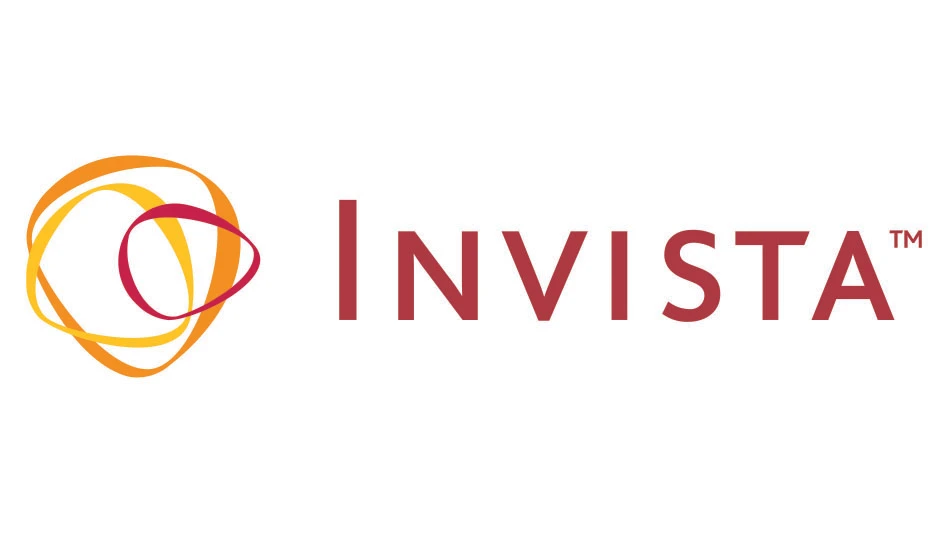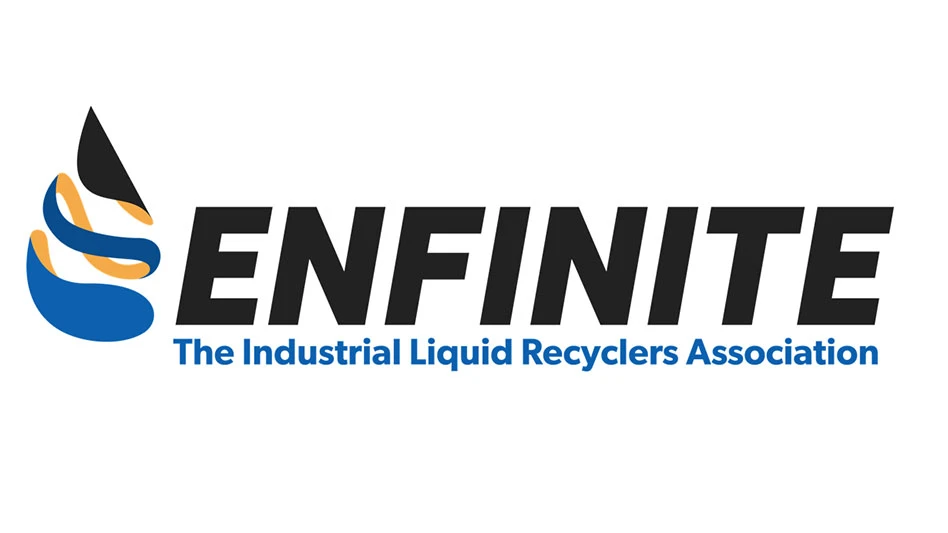There’s more to polyethylene terephthalate (PET) scrap than used soda bottles. And, as part of an ongoing project in Austria, a number of manufacturers and waste collectors are out to prove that such scrap can find new life.
Along with a host of partners, recycling equipment maker Next Generation Recyclingmaschinen (NGR) GmbH, of Feldkirchen, Austria, is leading a proof-of-concept initiative that will attempt to show that nonbottle PET scrap, including blister packaging, thermoformed trays and film, can be productively diverted from waste incinerators and turned into recycled PET (rPET). Doing so will require sophisticated processing, says Michael Heinzlreiter, an independent consultant and project leader for the RePETitio initiative, which is funded by the Upper Austrian government.
The company’s North American subsidiary, Next Generation Recycling Machines Inc., is based in Norcross, Georgia.

The process—which as of August has encompassed material collection, washing, shredding and flake production—is slated to include the entire journey of the PET packaging as it travels from collection bins to sorting lines that use near-infrared detectors to hot-wash stations. Playing a key part will be NGR’s patented LSP—liquid-state polycondensation—technology, which transforms rPET flakes into rPET pellets.
As part of the project, which began in June, one collector set up a drop-off site in northern Austria for nonbottle PET material, while a second organization operated a curbside-pickup program. The organization sorted the collected material into one of six categories, reflecting the collection method, whether the PET was clear or colored and whether it met food-packaging requirements. Material that meets food-packaging requirements will find new life as food packaging; the rest of the material will be destined for new life as plastic strapping.
As of August, Kruschitz GmbH, a Völkermarkt, Austria, recycler of PET and polyolefins, was expecting to wash and shred the material into flakes, according to a project schedule provided by Heinzlreiter.
Next up will be NGR, which is contributing its LSP technology to the project to tackle some of the thorniest problems faced by recyclers of PET derived from nonbottle sources. As of the middle of August, RePETitio partners planned to pelletize the scrap and turn some of it into sheet by the end of the year and to produce thermoformed packaging, jars and strapping bands by late June 2020.
Heinzlreiter lays out some of the issues facing recyclers of nonbottle PET scrap. Despite the sorting that has been undertaken early in the process, the material isn’t exactly pure. For instance, while PET bottles usually consist of just PET, PET trays often are co-extruded with thin layers of polyethylene (PE) or PET-glycol (PETG). “Some packaging requires multilayer arrangements to protect PET from any oils used for packaging marinated meat,” he says. “These layers cannot be removed by washing and subsequently remain with the PET while recycled.”
The material comes in many colors, which also makes recycling more difficult. “Coloring remains an issue,” Heinzlreiter says.
NGR intends to address these challenges using its LSP technology, he says.
To start the LSP process, the rPET flakes are melted in an extruder and passed through the vertical portion of NGR’s P:React system, where the melt is formed into strands to increase surface area. Under vacuum, condensation begins and impurities are removed—an important step for rPET destined for use in food packaging.
Heinzlreiter says the LSP process can handle PE or PETG—as long as the non-PET resins make up less than 10 percent of the total mix.
Throughout the process, the P:React system continuously measures the resin’s intrinsic viscosity (IV) levels, automatically adjusting the vacuum level and residence time within a precise range. This allows the system to control the IV of the final product with a high degree of accuracy. “This accuracy brings the parts manufacturer reliable, reproducible and better final products,” Heinzlreiter says.
The LSP technology can even increase the IV of the original feedstock by 25 percent, which is important for the rPET destined to become plastic strapping. The PET sourced by the RePETitio initiative has lower IV levels than the PET used to make shredded bottles, and Heinzlreiter says the strapping products “require high IV values for better mechanical properties.”
He says LSP is more effective at removing contaminants and raising IV than other recycling processes. It also performs better than conventional methods at recycling PET that’s been mixed with PE or PETG. Additionally, the LSP technology allows for the handling of inputs with broader IV ranges, producing rPET with a stable and uniform IV.
RPET that leaves the P:React system can be extruded into pellets or fed directly into processing equipment to make fibers, sheet or film.
According to the project timeline, pelletizing, sheet production and decontamination are scheduled to occur through the end of the year, with the production of thermoformed packaging, jars and strapping bands to end in late June 2020. At each step, participants will design specifications, and material properties will be tested in a certified lab.
Project partners will release their final report in September 2020.
LSP’s performance dealing with rPET flakes produced from difficult feedstocks will be a vital element to determining whether RePETitio will succeed or fail when the project ends next September. And, the question is hardly academic. In a recent directive issued last December, the European Parliament and Council of the European Union threatened to list PET trays as nonrecyclable “if the industry fails to provide scientific and practical proof on recyclability,” Heinzlreiter says.
Beginning in 2030, the commission will levy a penalty of about $804 to $1,006 per ton of material it deems to be nonrecyclable.
The directive illustrates the urgency of being able to show that the life span of nonbottle PET doesn’t necessarily end in a waste furnace. By this time next year, RePETitio project participants might be able to show that such material could have a productive second use. “PET waste beyond PET bottles [is] predominantly incinerated,” Heinzlreiter says, “but would be a stable and cost-effective source for food packaging and/or technical products, assuming it [is] possible to increase the IV and secure food-contact applicability.”

Explore the Fall 2019 Plastics Recycling Issue
Check out more from this issue and find your next story to read.
Latest from Recycling Today
- Greenville, Mississippi, launches aluminum can recycling program
- Cotton Lives On kicks off 2025 recycling activities
- Georgia-Pacific names president of corrugated business
- Sev.en Global Investments completes acquisitions of Celsa Steel UK, Celsa Nordic
- Wisconsin Aluminum Foundry is a finalist for US manufacturing leadership award
- MetalX announces leadership appointments
- Sofidel agrees to purchase Royal Paper assets
- US Plastics Pact report charts expansion path for recycled content in packaging





